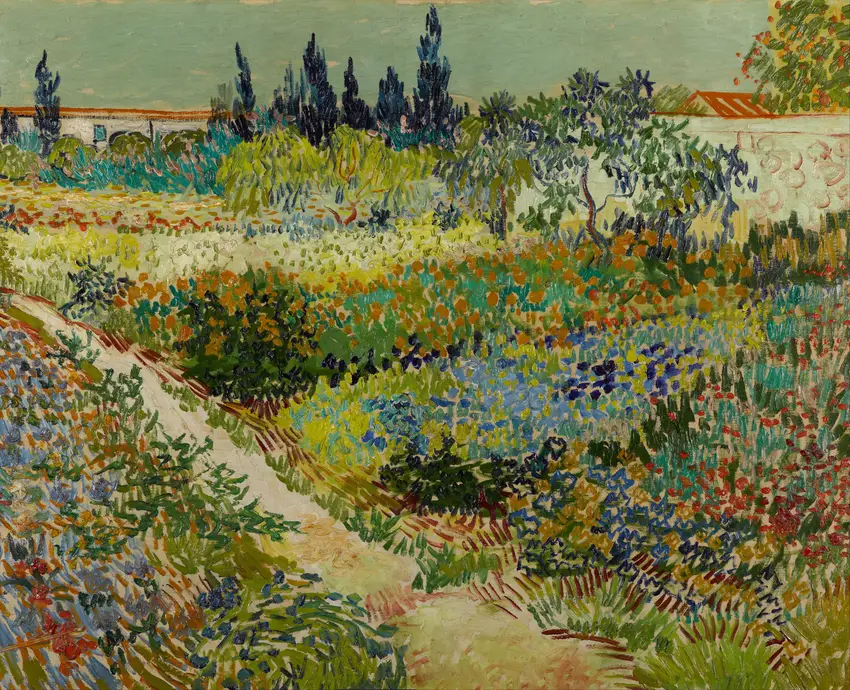Le Crépuscule, painted by Childe Hassam between 1888 and 1893, captures the fleeting beauty of twilight with a delicate interplay of light and shadow. The scene unfolds in soft, muted tones, where the fading sun casts a golden glow over the landscape, blurring the boundaries between earth and sky. Hassam’s brushwork is loose yet deliberate, evoking a sense of quiet movement—perhaps a breeze rustling through trees or distant figures dissolving into the dusk. There’s an intimacy here, as if the viewer has stumbled upon a private moment suspended in time.
What makes this piece particularly captivating is its ambiguity. Is it a cityscape surrendering to nightfall, or a rural vista bathed in the last warmth of day? Hassam’s impressionistic style leaves room for interpretation, inviting the eye to linger on subtle details: a streak of lavender in the clouds, the faint suggestion of architecture, or the way the horizon seems to breathe. Unlike his more vibrant urban scenes, this work feels introspective, almost melancholic—a meditation on transience painted by an artist deeply attuned to the poetry of light.

-full.webp)
-full.webp)
-full.webp)
-full.webp)
-full.webp)
-full.webp)
-full.webp)

-full.webp)